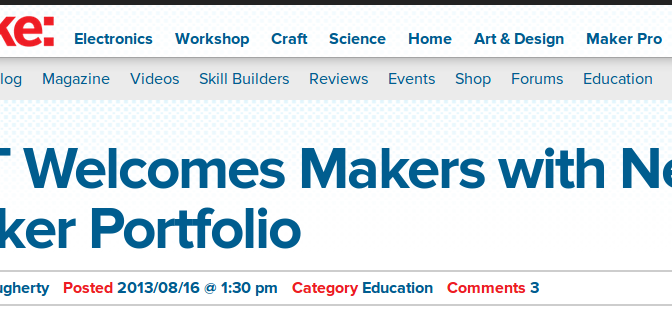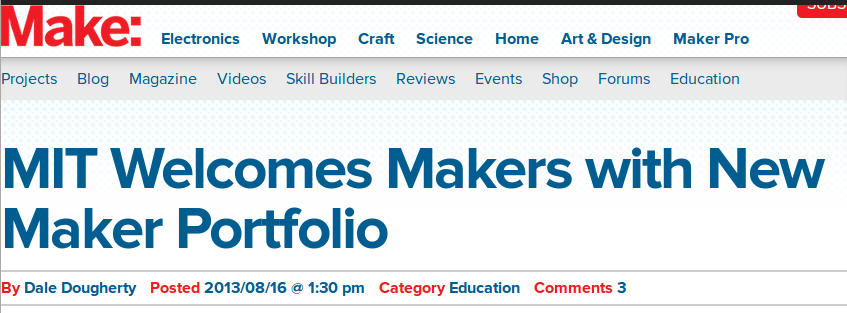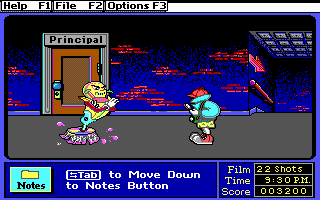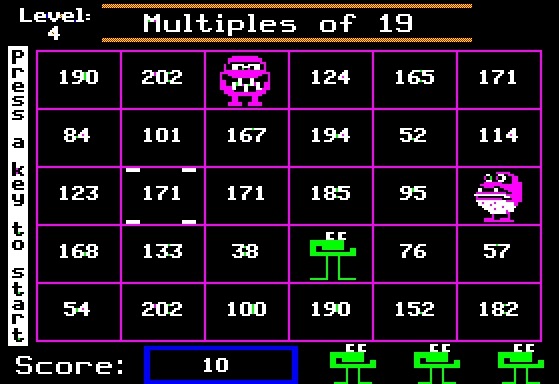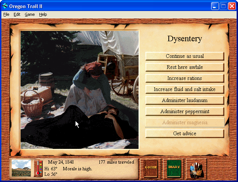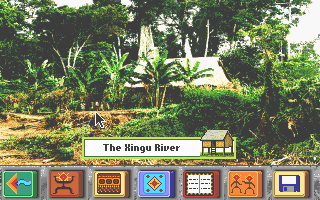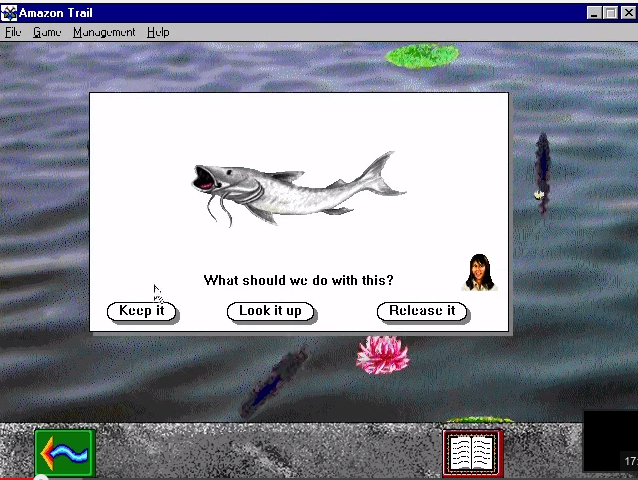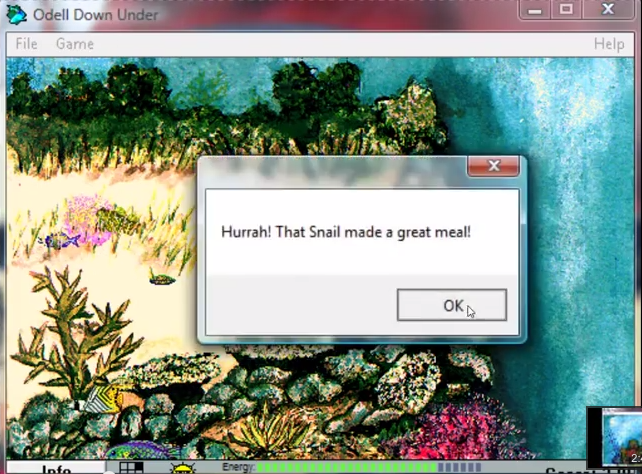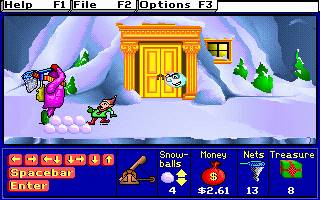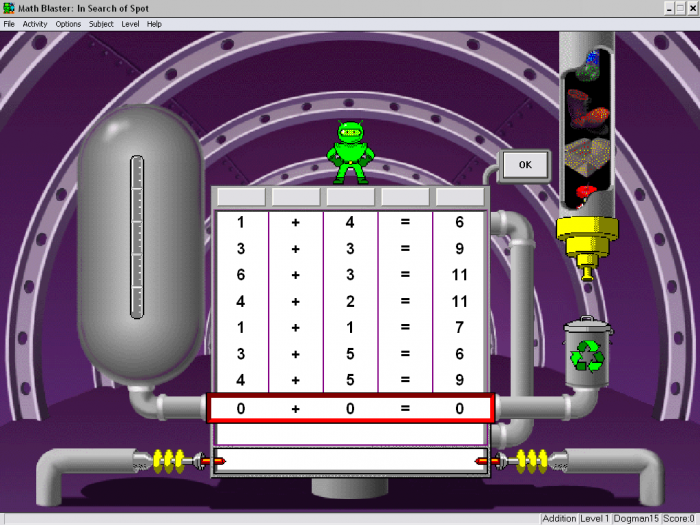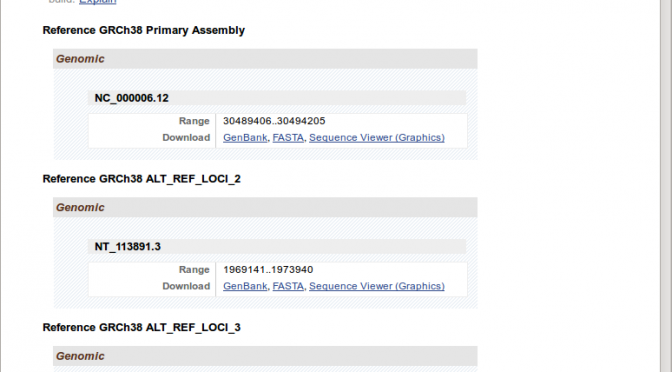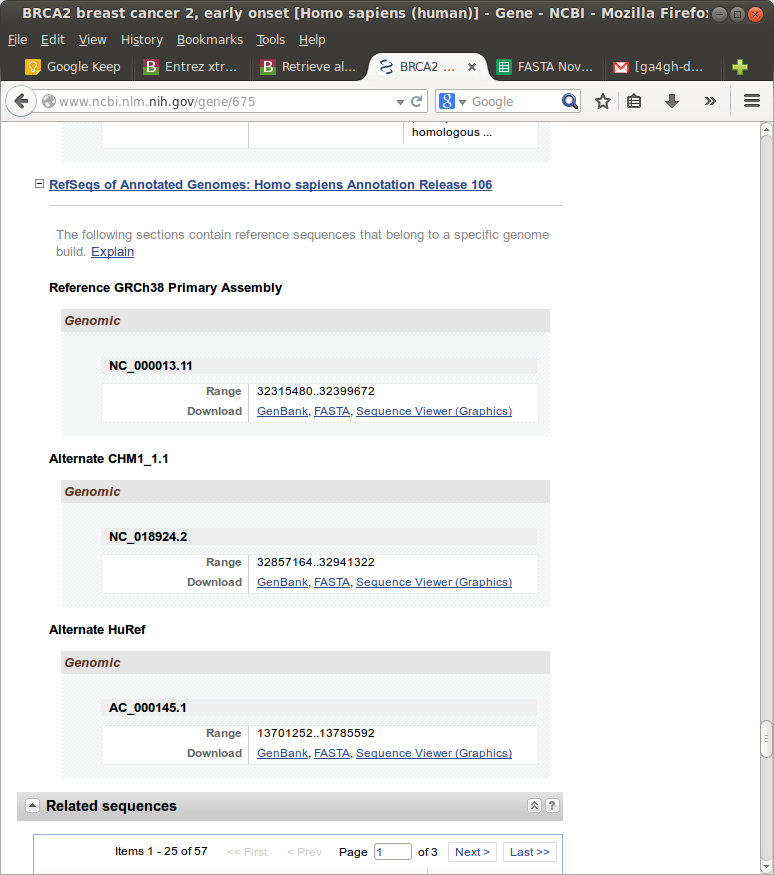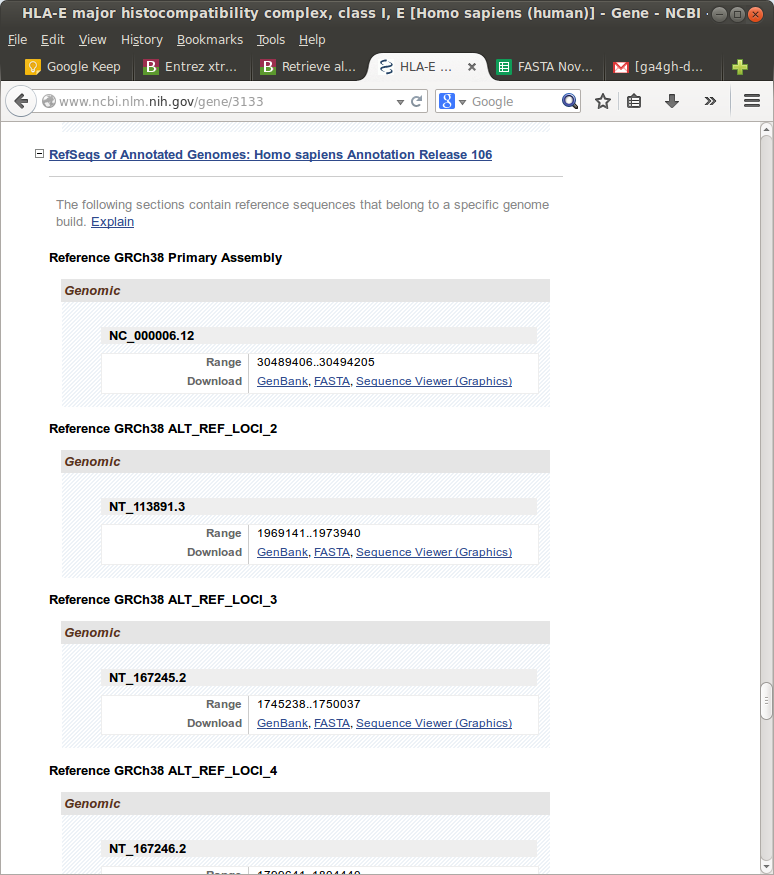just a quick note — Prof. Frey’s idea from a few years ago, which I hope to get more people thinking about:
AP engineering class, portfolio-based
Advance Placement
to encourage schools to teach engineering skills & give teachers a structure and the professional education to adopt engineering into the school curriculum, we could try to implement an AP Engineering class.
portfolio?
to give it relevance to larger numbers of students, this wouldn’t be purely an abstract class, like AP Physics A/B (which I really liked!), with a theoretical test at the end
but instead, like AP Studio Art, you submit a portfolio of projects you built.
Here are some samples: http://apcentral.collegeboard.com/apc/members/exam/exam_information/220194.html
or the more engaging 2014 version: http://studioartportfolios.collegeboard.org/
(sweet oranges, this is some beautiful metalworking:

http://studioartportfolios.collegeboard.org/work/student-1-3d-concentration/ what was I doing in high school? haha )
scale
What AP Studio Art demonstrates is that you can have people submitting & judging a subjective portfolio at scale nation-wide in a reliable-enough manner for students to receive college credit for it.
Thus, the idea of an AP Engineering class where students submit portfolio work is not so outlandish.
However, of note, number of students who took it:
- 2012, AP Studio Art: 16,188
- 2012, AP Physics B: 80,584
I never took AP Studio Art, so I’m not super familiar with how it’s run. Therefore, I do not know if the lower number of students taking AP Studio Art is due to less student interest (not enough student demand) or scaling problems (such as AP Studio Art being expensive to run as a class).
differences
I suspect that an engineering portfolio should show more teamwork than an AP Studio Art portfolio.
a sign of the times
MIT recently instituted a “Maker Portfolio” section. I have a bit of bleahh feeling with all this “maker” talk (since it has been so commercialized by “maker media”), but here is a picture:
side-note
there ought to be an engineering portfolio website… as mentioned in an earlier blog post, most portfolio websites are oriented toward UX/UI/webdesign/photographers

